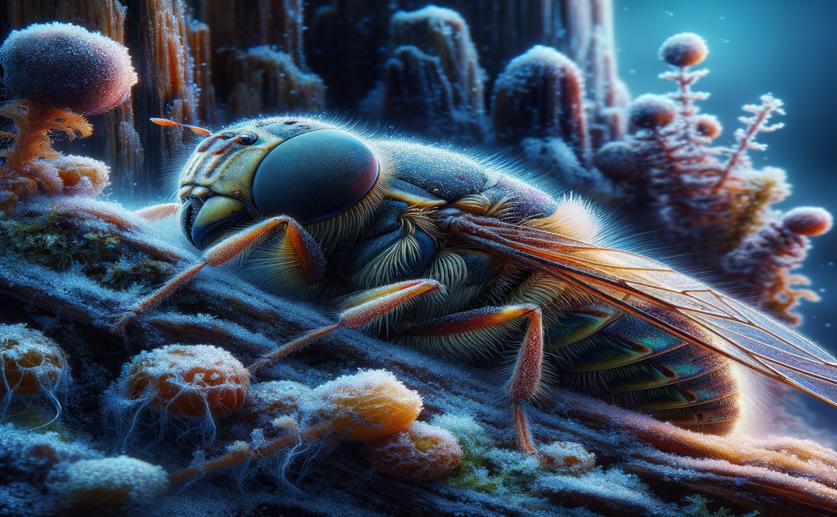
Enhancing Stored Insect Quality by Inducing Dormancy or Resting States
Jim Crocker
26th May, 2024

Image Source: Natural Science News, 2024
Key Findings
- The study was conducted at the National Research Centre in Egypt to optimize storage conditions for Trichogramma evanescens wasps
- Longer incubation periods (48 hours) and lower temperatures (9°C) were more effective in inducing diapause in the wasps
- Wasps stored for shorter periods (up to 3 months) after longer diapause induction (up to 6 weeks) maintained better efficacy
AgricultureBiotechAnimal Science
References
Main Study
1) Improving quality of stored Trichogramma evanescens (Hymenoptera: Trichogrammatidae) by inducing diapause or quiescence
Published 24th May, 2024
https://doi.org/10.1186/s41938-024-00792-6
Related Studies
2) Effects of low temperatures on quiescence in Trichogramma evanescens Westwood and T. chilonis Ishii reared on Plodia interpunctella (Hübner): implications for mass rearing.
3) Evolutionary and functional genetics of insect diapause: a call for greater integration.



 21st February, 2024 | Jim Crocker
21st February, 2024 | Jim Crocker